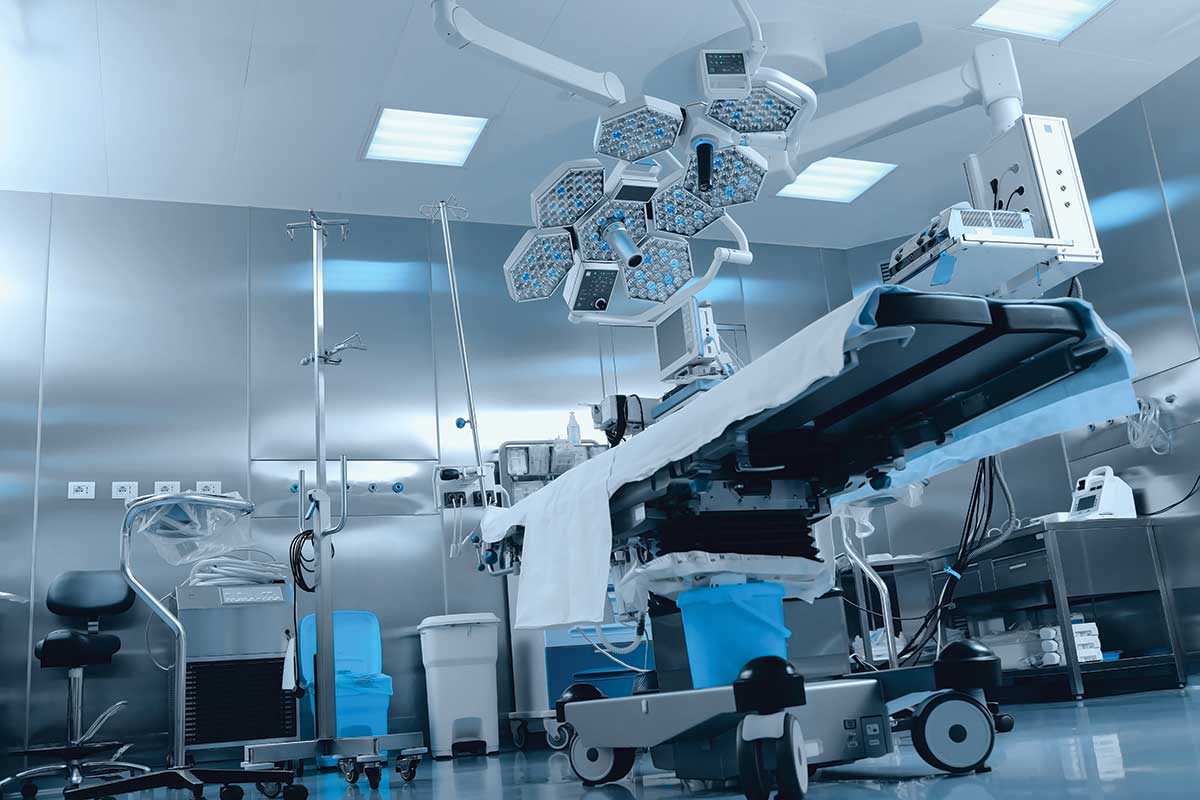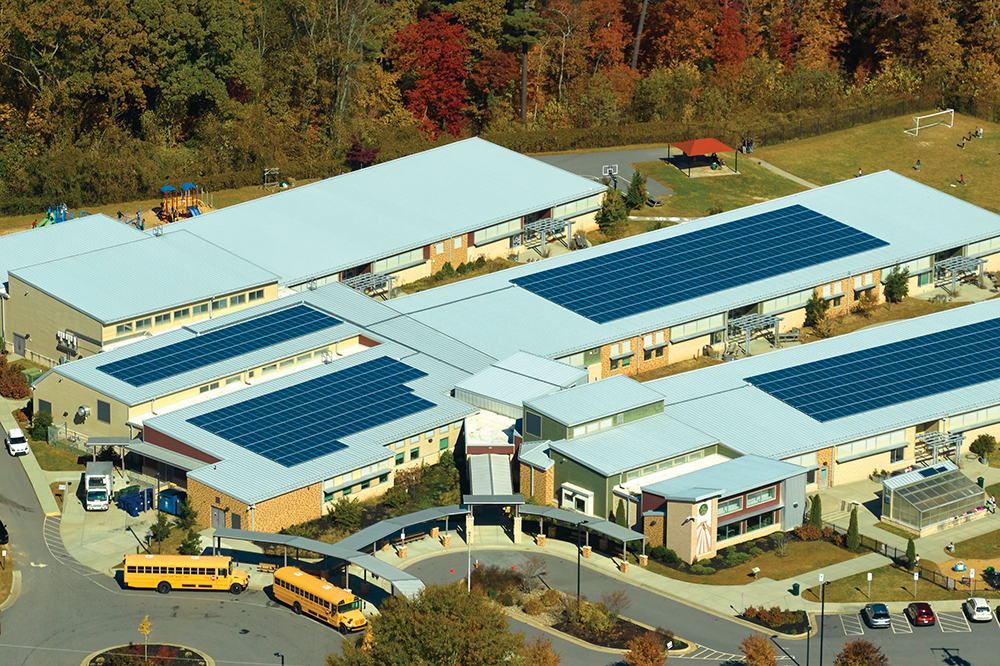NFPA 70®, National Electrical Code® (NEC®) contains installation requirements for electrical systems for the purpose of practical safeguarding of persons and property from the hazards arising from the use of electricity. This is the reason the NEC exists: to create a system that should not harm anyone directly or indirectly, provided the system is being used as intended. It doesn’t necessarily mean an efficient installation or even that the equipment will work, but just that it should essentially be free of hazards to people and property.
However, what would the NEC be without a few modifications to the general rules? Article 517, Health Care Facilities, does just that. Not only does Article 517 contain requirements to safeguard people and property from the hazards that electricity presents, but it also contains requirements for meeting the demand on the electrical system in a healthcare type occupancy. However, the demand on the electrical system isn’t determined by the NEC, but rather it is determined by those that have the legal responsibility for the operation of the healthcare facility. Or in other words, the performance needs of the electrical system are determined by the healthcare facility’s governing body.
So, to help understand how to apply the NEC in the healthcare environment better, we must first understand how these healthcare facility-governing bodies decide what the minimum performance standards must be. For instance:
- How do healthcare facility-governing bodies decide what sort of system needs are required for a nursing home versus an assisted living facility?
- Or a clinic versus a hospital?
- Or even different areas within the same building such as the ICU versus the cafeteria?
The information we need to better understand how facilities and areas within them are classified comes from a different document, NFPA 99: Healthcare Facilities Code. NFPA 99 starts by placing a category number on different areas based upon the risk level to occupants. This helps the healthcare facility governing body classify the different areas within the facility and designate the type of electrical system that will need to be installed to meet the operational requirements while reducing the risk. How this translates into the NEC is in the defined patient care spaces, what the NEC used to refer to as critical, general, basic, and support spaces. Over the past few cycles, the NEC has started the transition to the patient care category system while phasing out the old designations. However, even though we call them by a different name, the premise is still the same. Where the loss of power or a fault poses the most risk to the patient, the electrical system must go above and beyond to protect the occupants. So, let’s look at the categories and what they entail.
A Category 1 space is defined as being a space within a facility that the failure of equipment or the system is likely to result in major injury or death of patients, staff, or visitors. This is what we used to refer to as a critical care space. These areas are designated as such when the governing body determines that due to the nature of the type of healthcare being provided in this space, the continued operation of the system is mission-critical. For example, an operating room would likely fall into this category since if the power went out in the middle of a surgery, it is likely that the patient would be severely injured or killed. Other examples might be the neonatal intensive care unit, the emergency room, and the ICU.
In Category 1 areas, it is going to be required that the backup power, or essential electrical system (EES), consists of the life-safety, critical, and equipment branch—each of these branches serving specific loads based on their function. Life safety loads are those that are essential to building life-safety issues like fire alarm systems or egress lighting. The critical branch supplies loads that are critical to the continued operation of healthcare activities, such as life support equipment and operating room loads. These types of loads are deemed critical so that upon loss of normal power during a given healthcare procedure, healthcare personnel can finish working on the patient or stabilize the patient and move them to an area where the power loss is not an issue. Lastly, the equipment branch, which consists of loads that are essential to the operation of the building, such as HVAC equipment and elevators.
The next risk category is a Category 2 space. Category 2 spaces are those in which failure of the electrical system is likely to result in minor injuries to patients, staff, or visitors. These could be spaces such as nursing homes and assisted living facilities, but also clinics and outpatient type facilities. Again, the decision for which category an area is assigned is the responsibility of the health care facility governing body. Similar to Category 1 spaces, a Category 2 space might contain such healthcare activities that would necessitate the same Type 1 EES. Therefore, a Category 2 space is permitted to be served by a Type 1 or a Type 2 EES. A Type 2 EES consists of only a life safety branch and an equipment branch. Because the interruption of power in a Category 2 space is only likely to cause minor injuries, it is not as critical to have a backup system like the one in a Category 1 space.
Category 3 and Category 4 spaces are those with even less risk. A Category 3 space is one where the loss of equipment or a system is not likely to cause any injury to patients, staff, or visitors. This might include clinic or dental office exam rooms, or certain areas of a nursing home or assisted living facility. A Category 4 space, on the other hand, is a space in which failure of equipment or a system is unlikely to have any physical effect on patients, staff, or visitors. Category 4 spaces often include labs, morgues, and waiting rooms. Because the risk of injury in these spaces is so low, neither are required to be supplied by an EES at all. However, many of these spaces will often include equipment fed from a life-safety branch or equipment branch of the EES required for other parts of the facility. This is solely up to the governing body.
Beyond the requirements for which type of EES must serve or is permitted to serve a designated risk category space, there are also going to be requirements for wiring methods installed within these spaces, too. Remember, it is all about how much risk to patients, staff, and visitors exists upon loss of equipment or system. Therefore, it would make sense that the higher the risk is, the more precautions must be taken to ensure that the system cannot be damaged in a way that would lead to a total loss of power. Also, there are requirements that ensure the continuity of the effective ground-fault current path so that in the event of a fault, there is that intentionally constructed low-impedance path back to the source that will facilitate the operation of the overcurrent protective device (OCPD). This also helps prevent patient care spaces from having normally non-current carrying metal parts become energized in a way that could harm patients.
Whether we are dealing with a full-blown Level 1 trauma center or the local family doctor’s office, the electrical system is an essential part of the operation of that facility. Without it, they can’t provide the level of care they need for patients. The extent to which we go to ensure the operation of that system, though, is all going to depend on how much risk there is to patients, staff, and visitors. Risk is often talked about as being the combination of how likely an event is to happen and how severe it will be if it does. Understanding how this applies to electrical systems in healthcare facilities will not only help us better understand the requirements within the NEC, but it might also help us save a life. After all, the purpose of the NEC is the practical safeguarding of persons and property from the hazards arising from the use of electricity. What better place to apply that philosophy than to the healthcare industry?
Want to learn more? You can find the latest electrical news, research, and information by subscribing to NFPA’s newsletter, NFPA Network.











Find Us on Socials